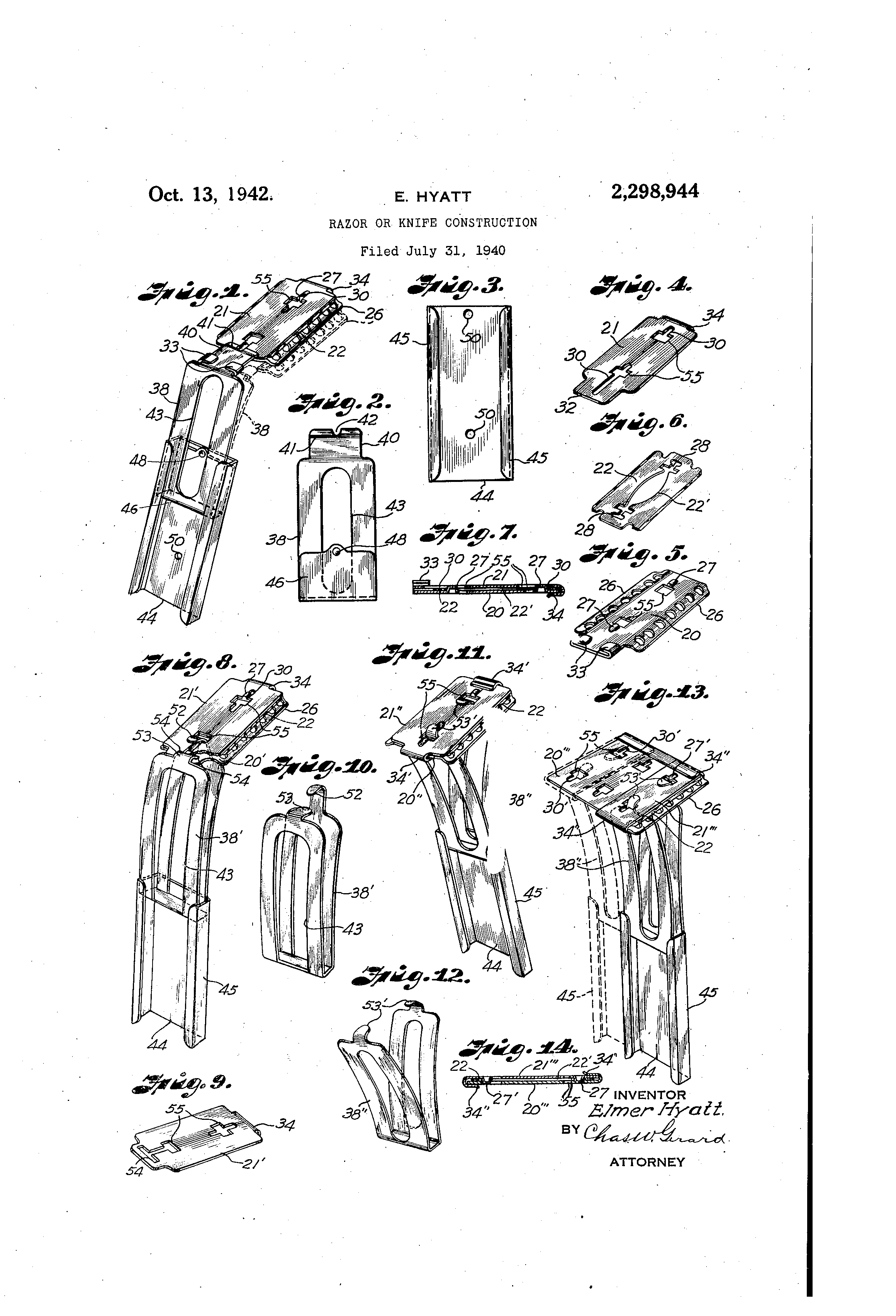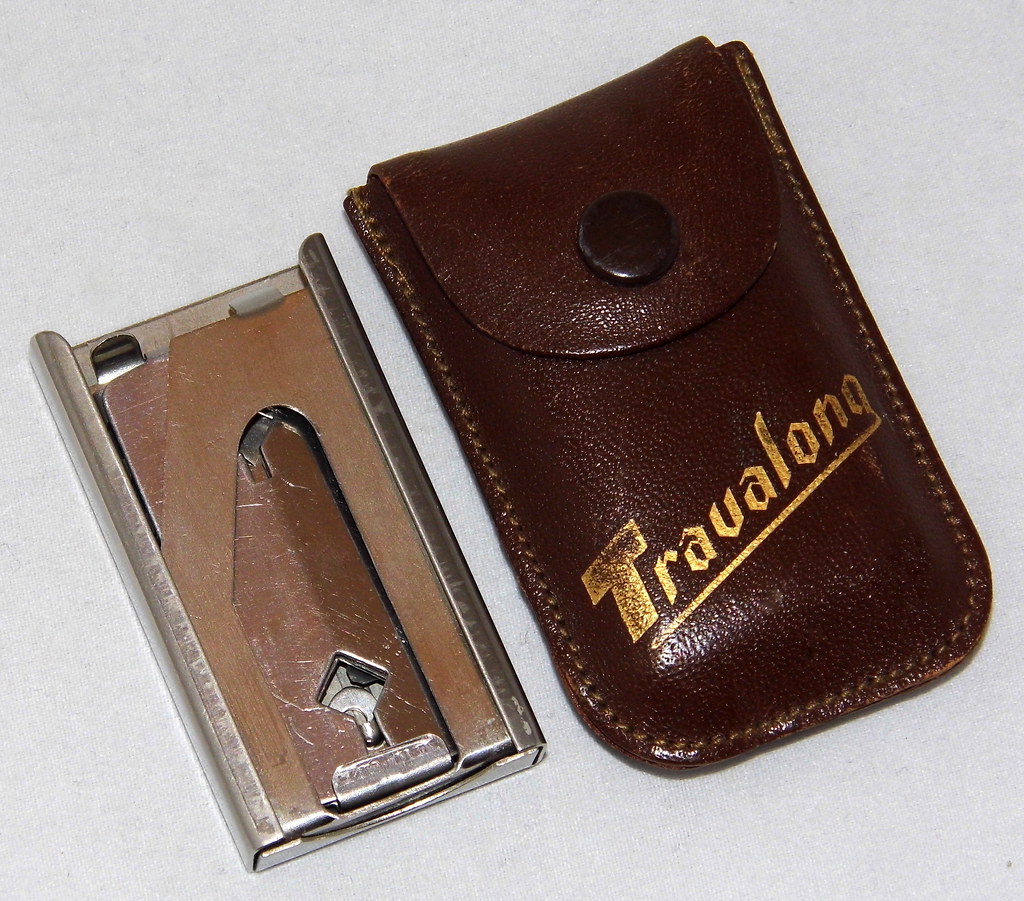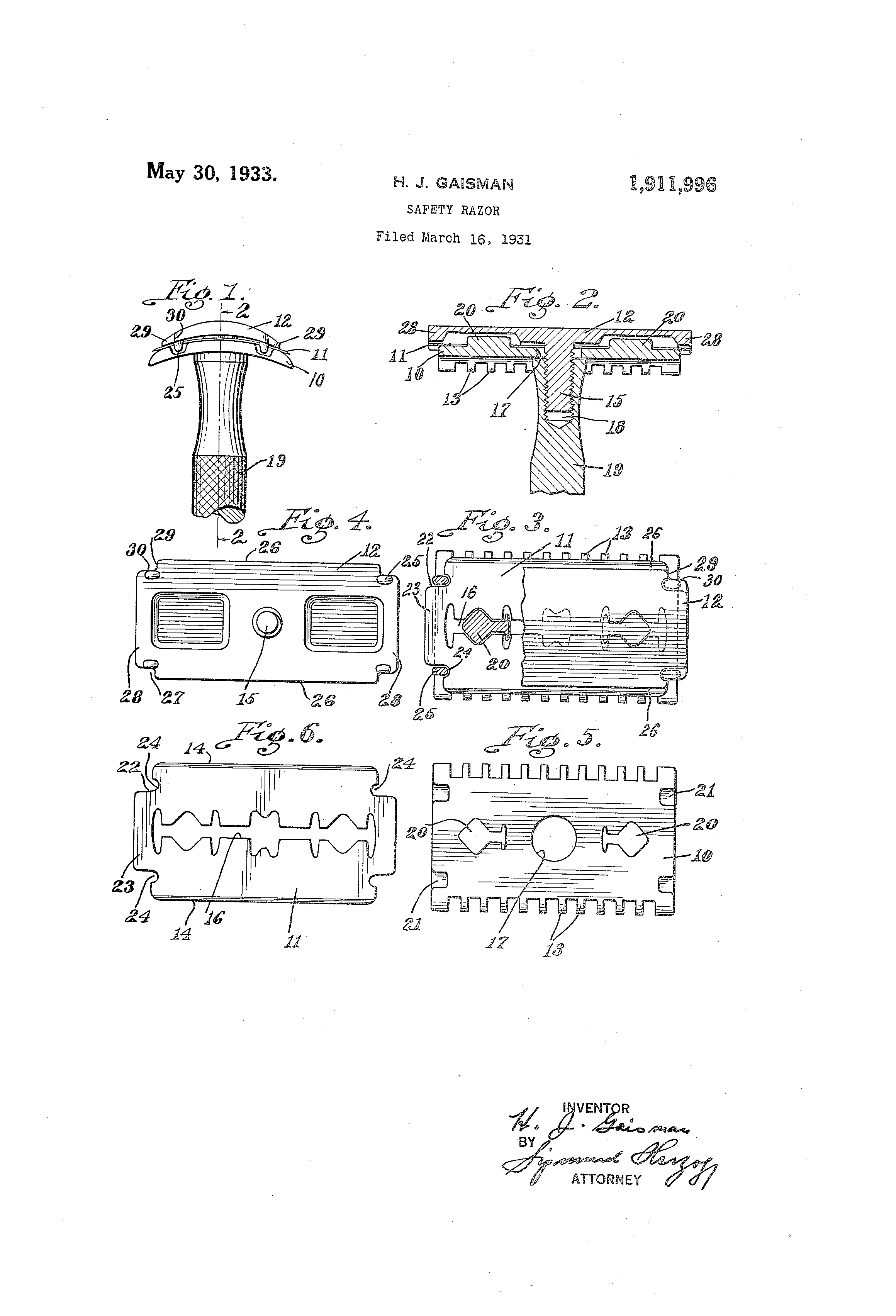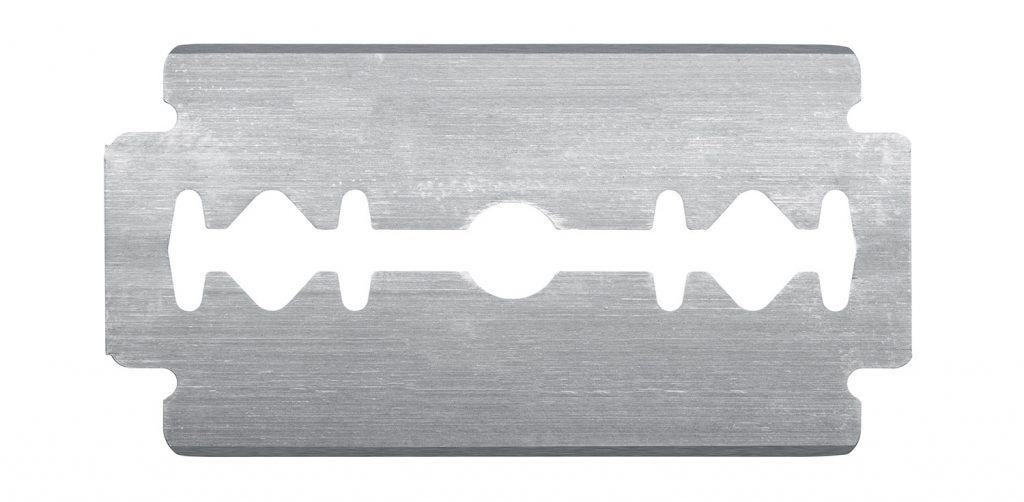Shaving mugs comes in all shapes and sizes, from a re-purposed plastic cup to intricate scuttles… but in this day and age you don’t often see something as complicated as the useful improvement in shaving cups that was patented by Andrew J. Fuer and Walter C. Knaus in late 1873.
It has to be remembered that this was well before hot water taps were a common fixture… I mean, as far as I know even having running water inside would be on the bleeding edge of technology, and keeping your lather warm must been a lot harder back then.
A scuttle that was simple in construction and convenient to use must have been seen as a gift from the heavens for the serious shaver, and looking through the patent shows a design that at the very least fulfils the first of those two things;
A is a cylinder made of sheet metal, and provided at its lower end with a base, B. In the lower end of the cylinder A is fitted a small lamp, C, in which may be burned kerosene, alcohol, or other burning-liquid. To the opposite sides of the lamp C are attached pins, which enter bayonet-slots in the lower end of the cylinder A, so that the lamp can be conveniently attached and detached when desired. In the lower part of the cylinder A is formed a row of holes a little below the burner of the lamp C to allow the air to pass in freely to support combustion. In the upper part of the cylinder A is formed a cup or receptacle, D, to contain water. In the side of the cylinder A, a little above the bottom of the cup D, is formed a hole leading into a small chamber, E, attached to the, side of the upper part of the cylinder A, and which should be of` sufficient size to allow the shaving-brush to be inserted. In the other side of the upper part of the cylinder A, just below the bottom of the cup D, is formed a` hole leading into the pipe F, attached to the side of the cylinder A, to serve as a chimney or line to carry off the heated air and the gaseous products of combustion, and to form a draft to promote combustion. In the upper end of the cylinder A is fitted a small cup, G, in which the soap is placed, and in which the lather is made. The cup G has a flange formed around its upper edge to rest upon the upper edge of the cylinder A, and `the said cup G should be such a depth as to extend down into the water in the cup D, so that the lather .may be kept warm.
A fairly straight forward and easy to understand description, especially for a patent. And if that was hard to follow, the drawing is also a model of clarity compared to some other patents I’ve had a look at lately.
There are a couple features of this patent that shows me that Mr Fuer and Mr Knaus at the very least had thought thigns through before applying for the patent: The bayonet-lock that makes sure the heat source stays in place, and the wide base that prevents the improved shaving mug from falling over spilling hot water and possible being a fire risk.
The only downside I see with this patent in light of when it was applied for and granted is the fact that the burner will heat up your bathroom, summer and winter – a small price to pay for hot lather.
I have no idea if this improved shaving mug ever went into production… it would be a shame if it wasn’t put on the market.






.jpg)



















